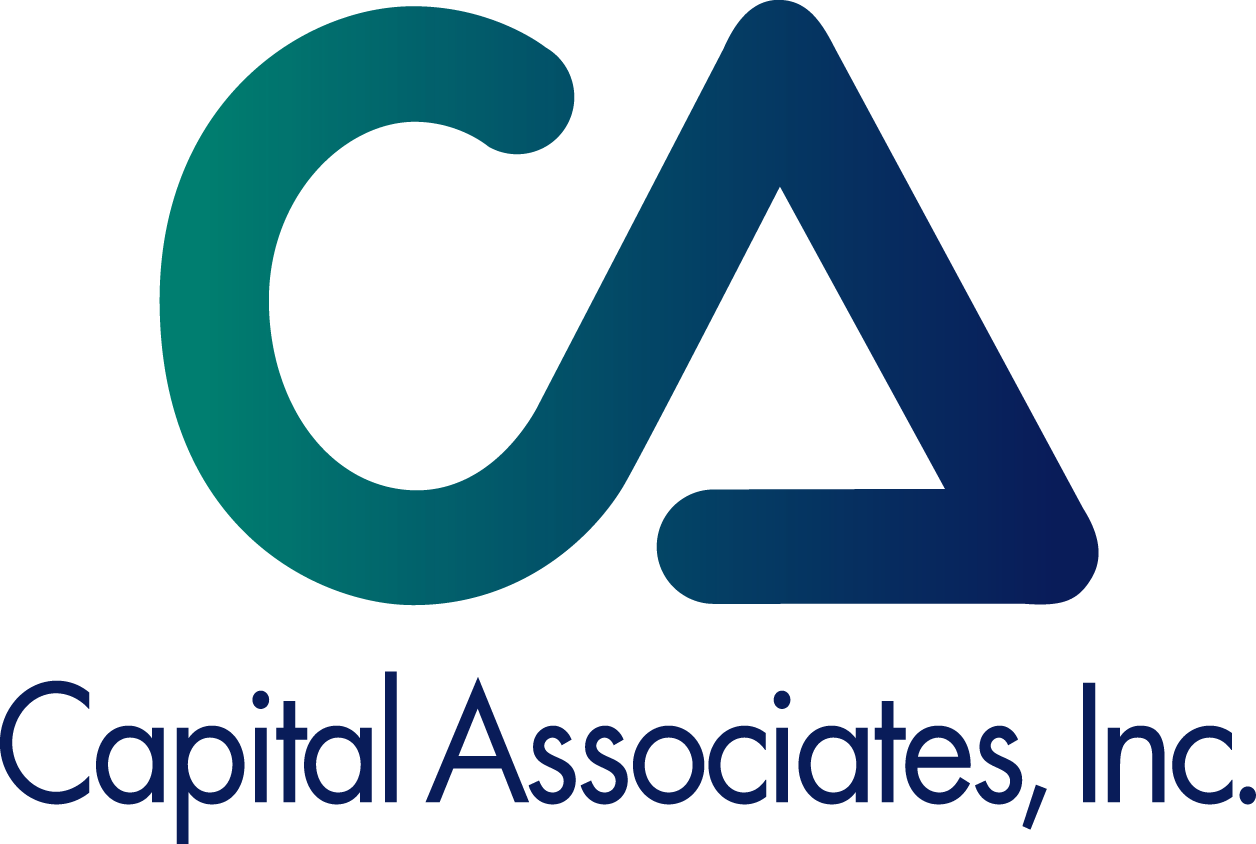
07 Sep Hot Dogs, Hamburgers, Baseball and Public Sector Union Contract Transparency
Hot dogs, hamburgers, baseball, watermelon, weekend getaways, and fireworks. That is how most Americans know Labor Day. At one point, the holiday was meaningful to even more Americans. About 50 years ago, 34.8% of all US wage and salary workers belonged to unions. Recent numbers indicate that this figure is now around 11.3%. Since 1983, private sector union membership has declined from 16.8% to 6.7%. During this same time though, public sector employee unionization has remained fairly steady.
It is these public sector employee unions that remain a hot topic in public policy – from our nation’s capital to presidential campaigns to statehouses all across the country. Public sector unions have grown from organizations of government employees wanting fair pay, safe working conditions and other representation before their supervisors to forces wielding their power in political processes arguably well outside of their original mission. President Franklin Delano Roosevelt warned of such a development when he said in a 1937 letter that “meticulous attention should be paid to the special relationships and obligations of public servants to the public itself and to the Government.”
In Pennsylvania, many legislators are heeding Roosevelt’s wisdom by pursuing legislation to enact public sector union contract transparency measures. The legislation is simple. Upon agreement of a proposed collective bargaining agreement, the proposed agreement must be made available for public review two weeks before it can be executed and must be accompanied by a statement of the terms of the agreement and an estimate of the cost.
Public sector unions have opposed the measure. When the Pennsylvania Senate passed SB 645, the AFSCME Council 13 Executive Director said the legislation was “designed to hijack the public employee collective bargaining process.” Once you eliminate the red herrings and cut through this rhetoric, their opposition is ironic considering proposed collective bargaining agreements are reviewed and voted on by their very own union membership. Senate Bill 645 doesn’t ask for any citizen vote on any contracts. It simply extends the same privilege to review a proposed collective bargaining agreement enjoyed by public sector union members to the members of the other party at the negotiating table – citizens. The legislation simply provides citizens with an ability to review a proposed collective bargaining agreement before the officials which they duly elected as their representative(s) take official action on the proposed agreement.
Senate Bill 645 passed the Senate in May. After being reported out of the House State Government Committee on June 23, 2015, it has languished on the House calendar. With Pennsylvania now being a few short months from entering new negotiations with various public employee collective bargaining units, time is of the essence for enactment of Senate Bill 645. The measure, while often twisted into something it is not by public sector union executives, is necessary to ensure that “meticulous attention” is “paid to the special relationships and obligations of public servants to the public itself and to the Government.”



